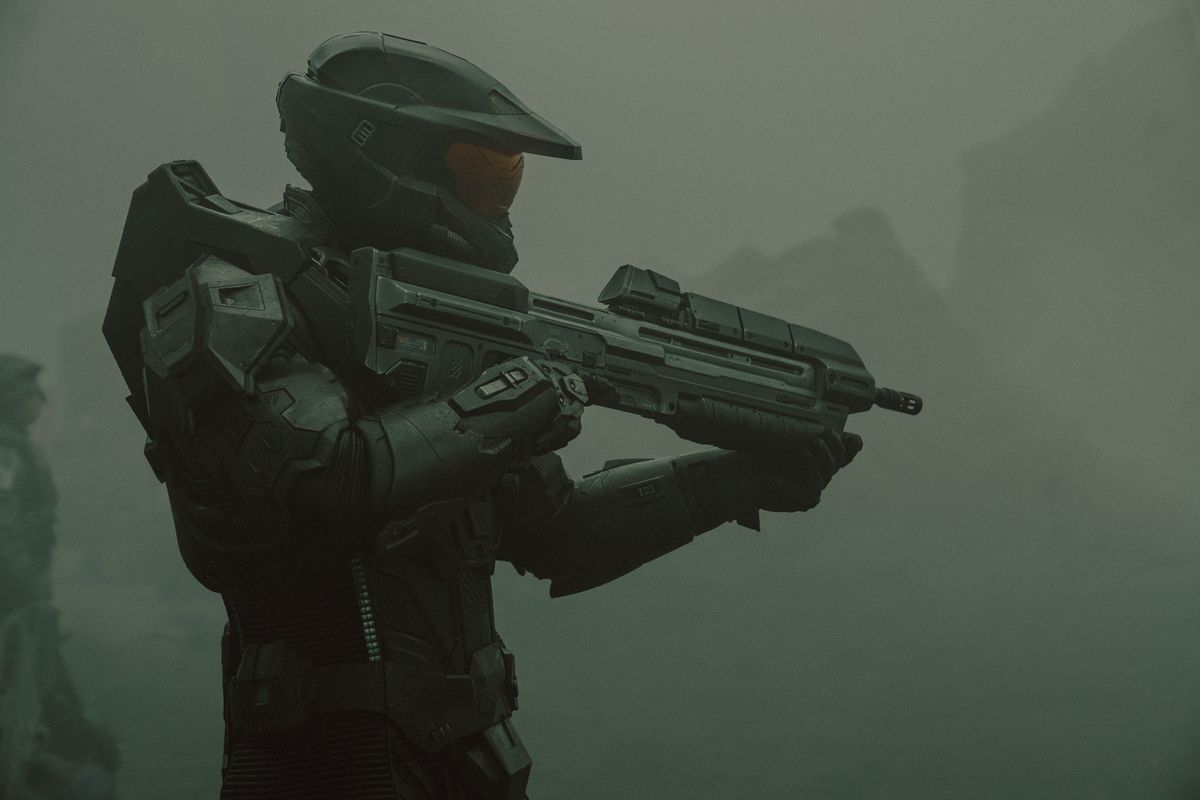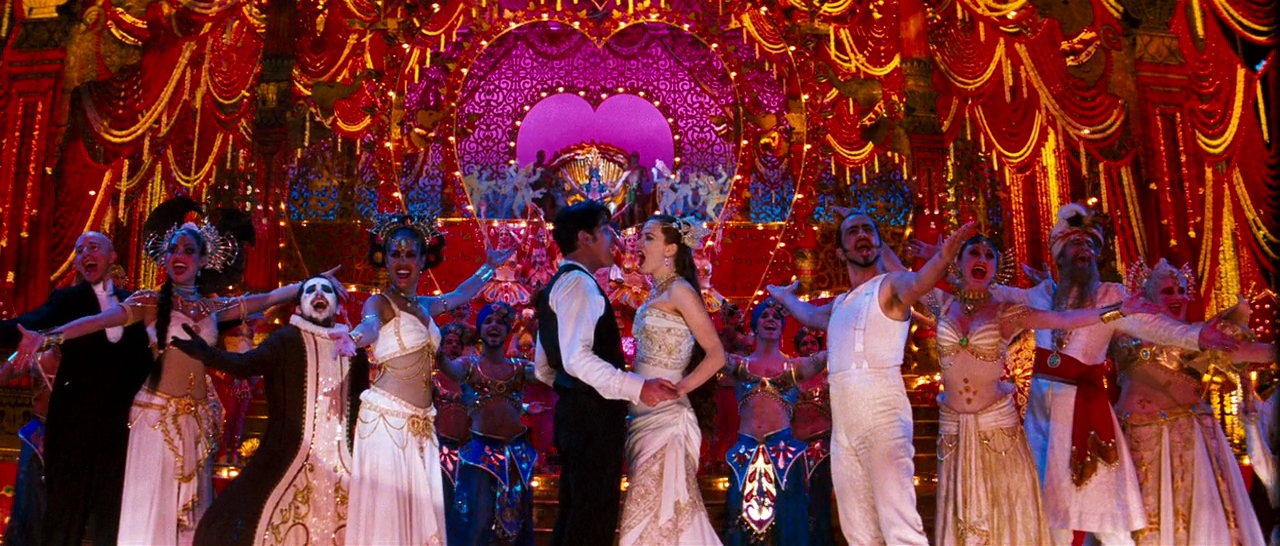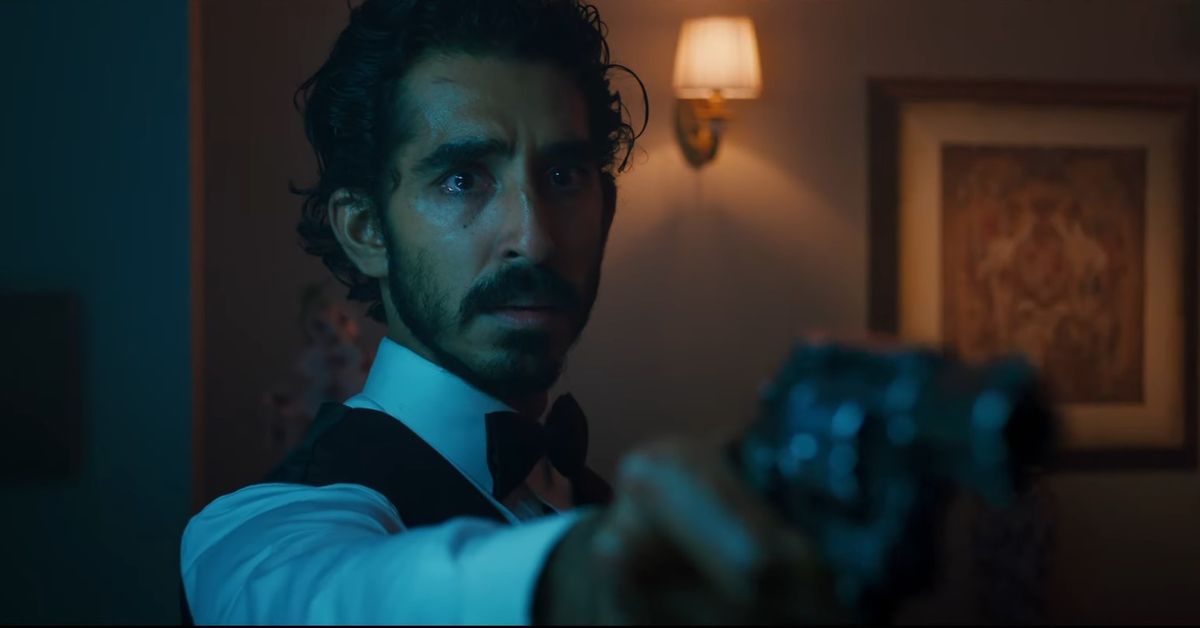Stories, especially beloved stories, have a tendency to bleed past their borders and escape their original bodies. Bram Stoker’s Dracula is among many well-loved works that have long since taken on new shapes, shifting forms constantly. The epistolary tale of vampires has hundreds upon hundreds of adaptations, with one domineering throughline: Stoker’s lasting characterization of the elegant, verbose, vampiric count himself.
Given the breadth and variety of the landscape, it can be difficult, at this point, to iterate on Dracula in a way that feels fresh — which is why Dimension 20’s Coffin Run was, and continues to be, such a delight.
Coffin Run, a Dungeons & Dragons actual-play series, premiered in the summer of 2022. The six-episode run, described on Dropout’s website as “a tale as old as many lifetimes,” was helmed by storyteller and game master Jasmine Bhullar and starred Zac Oyama, Erika Ishii, Isabella Roland, and Carlos Luna. Coffin Run emerged from Bhullar’s love of Stoker’s novel, she told CBR in 2022, as well as comedic source material like Young Frankenstein and What We Do in the Shadows.
The cast of the series shines as archetypical members of Dracula’s retinue, brought together to ferry the Count (who sustains undeath-threatening injuries at the top of the series) home to Castle Dracula in his coffin. Oyama plays Squing, a Nosferatu-like vampire who is Dracula’s “firstborn,” turned as a child and preserved forever. Roland plays Dr. Aleksandr Astrovsky, a brash, invigorated mad scientist figure. Luna plays Wetzel, a young human who lives as Dracula’s plaything in hope of becoming a vampire himself. And Ishii plays May Wong, one of Dracula’s vampire brides, who used to be an actress in New York.
:no_upscale()/cdn.vox-cdn.com/uploads/chorus_asset/file/25050047/Screen_Shot_2023_11_01_at_11.38.33_AM.png)
Coffin Run unfolds as a love letter to Dracula, both the form of the novel and the vampire himself. The story roots itself in Stoker’s work from the start, anchoring the narrative in the epistolary form. It’s letters all the way down, really (and not just inside Squing, who has a tendency to eat them). The series opens on Dracula himself standing over a writing desk, penning a letter to Squing. The letter takes a journey across the sea before it arrives at the Gold Crona Inn — much like Jonathan Harker at the outset of Dracula. From there, letters guide the narrative, arriving for the players at key moments.
Letters, as a kind of delivery system for the story, are adeptly wielded by Bhullar — because of the fickle nature of their author, Dracula, when heartfelt sentiments are poured out in the letters there’s a lingering sense of unease, perpetuated by the arrival of letters that reveal that the Count’s feelings for his coffin-bearing friends and family might not be what they seem. Wetzel, for example, becomes disillusioned with the Count as the series goes on, slowly beginning to distrust him, while May realizes that her own adoration for Dracula may be more one-sided.
Materially, Coffin Run pays beautiful homage to the Gothic lushness of Dracula. When players are handed letters, they receive actual letters at the table, passed along with a glowing candlestick. In the final fight, Dracula’s vitality is measured by vials of “blood” poured into a crystal goblet by Bhullar and then consumed as the vampire comes back to himself. Black-and-white film adaptations get a nod in the grayscale miniatures and the monochromatic set. The special effects all come together to create a world that feels incredibly familiar to horror fans as well as uniquely new — Rick Perry, production designer and creative producer for Dropout, gets heaps of nods throughout the series for his work on the sets and miniatures, as do the crew in a talkback episode post-series.
:no_upscale()/cdn.vox-cdn.com/uploads/chorus_asset/file/25050059/Screen_Shot_2023_11_01_at_11.41.34_AM.png)
From the Scooby-Doo-like title sequence to the performances, the crew and cast of Coffin Run perfectly hone in on the comedic influences Bhullar cited for the series, as well as the inherent ironies of the source material. May, the classically gorgeous vampire bride, is played by Ishii with a gleeful, over-the-top accent, as is Roland’s Dr. Astrovsky. Squing, as Dracula’s firstborn, is constantly baffled by modern technology, referring to the train that delivers Dracula’s coffin as a “metal tube.” Seemingly, his lack of understanding stems from apathy, rather than access. Castle Dracula, when the story eventually arrives there, is similarly frozen in time, preserved by caretakers who eventually end up ceding the castle to antiquers and “Lairbnb” opportunists.
So much of vampiric representation in pop culture is rooted in Dracula’s particular brand of allure. Even Dungeons & Dragons has its own storied distillation of Stoker’s Transylvania and the titular count in the enigmatic Strahd von Zarovich and the land of Ravenloft. The cast and crew of Coffin Run do a fantastic job of preserving the larger-than-life presence of Dracula in the story, from adding a silhouetted batwing shadow over Bhullar when she speaks to characters as Dracula to character arcs that nod at the ubiquity of the Count and his story. In discussing his place with Dracula at the end of the tale, Wetzel says, “It’s like everyone in [Castle Dracula], they’re just gonna be in there for a while, you know? It’s like the same thing over and over again. Same stuff.”
No adaptation is perfect — with Dracula in the public domain and vampires back in the zeitgeist (hello, Interview with the Vampire, and the resurgence of Twilight, and a million other fanged options), there will likely be hundreds more distillations in the future. Coffin Run takes a pile of well-known, over-offered ingredients — Dracula, the undying bogs of Transylvania, letters, a carriage ride through wolf-stalked trees — and makes something wonderfully new from them.
At the very least, it’s worth sinking your teeth into.








